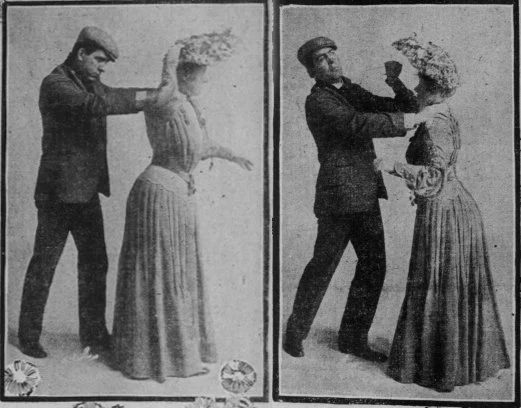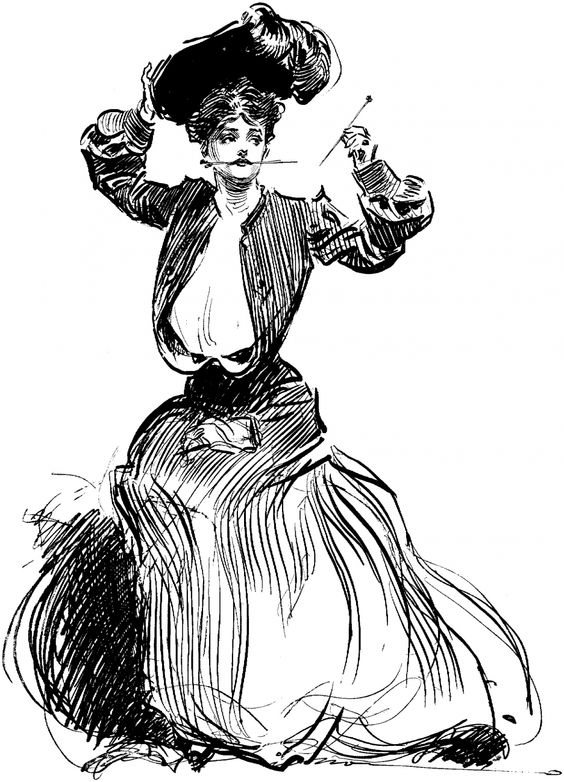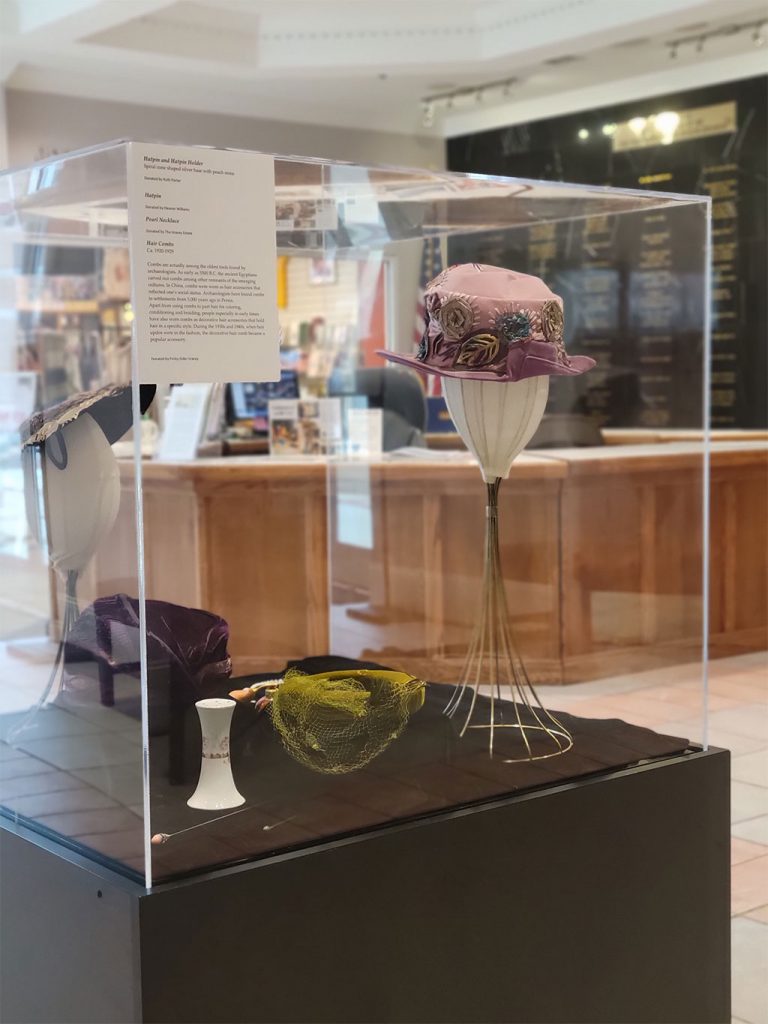Written by Meghan E. Gattignolo

The Cleveland Plain Dealer, March 3, 1907
Public domain
It’s getting dark on a cold February evening in 1910. A woman exits the cinema with her friend. Home is not far, but a walk alone at this hour could be uncomfortable.
“I’ll walk with you,” the friend says. “I live close.”
The women link arms as they walk down the street together. It’s unusual for the two women to be out at this hour, but it’s Saturday, and they were excited to have the opportunity to see the latest moving picture. They would each have to deal with their respective boarding house mistresses, but it was totally worth it.
The women giggle about the movie as they walk down the street. All at once, the friends become aware of a presence behind them. One of them turns and gets a glance at a tall man following close behind. The women start to walk faster, but their tight corsets and long skirts make it difficult. The man suddenly clamps a hand down on one of their shoulders. The women scream – one of them pulls a 10-inch-long bejeweled pin from her hat and hurls it towards the man’s hand. He yells in surprise and grabs his hand, which gives the women time to get away.

San Francisco Sunday Call, 1904
Public domain
The above account is fiction, but true stories of women using their hair accessories for self-defense at the turn of the twentieth century abound. Around this time, women’s attitudes about themselves and what they were capable of were changing, thanks to the women’s suffrage movement that started in the mid-nineteenth century. Women were fighting for their personal liberty, respect and freedoms that men had long since taken for granted. The lowly hatpin had a role to play in this drama.
A beautiful accessory in itself, the hatpin is a long, sharp straight pin that was used as a fastener to keep large ornate hats on the heads of fashionable women. The pin was usually topped with a pretty bauble, and weaved into the twisted-up hairstyles on their owner’s head. Women often wore two, so they always had a spare to keep their look secure when they went out.

Hat-Pin Girl by Charles Dana Gibson, ca. 1905
Public domain
And women did go out increasingly, especially in cities. The 1910s saw a trend of young women seeking work in cities at a time when new technologies had begun to make life more interesting and sociable, as cinemas, electricity and telephones became more widespread. Men weren’t used to seeing women in public spaces, and women began to take it upon themselves to defend their own honor and right to go where they wanted. Not allowed to carry weapons, women used what they had – a sharp and stylish hair accessory. Hatpins became such effective personal armaments that certain places imposed laws that restricted hatpins over 9 inches in length.

Stop by the Customs House Museum & Cultural Center through April 16 to catch A Woman’s Room, a display of women’s items from another era, in time for Women’s History Month. Get a closer look at a hatpin, as well as other elegant accessories that real women enjoyed once upon a time.

Meghan E. Gattignolo is a freelance writer and longtime Clarksville, TN resident. She loves to obsess about historical subjects and annoy her family daily with unsolicited random facts. Meghan holds a History B.A. from Austin Peay State University and lives in town with her husband and two daughters.